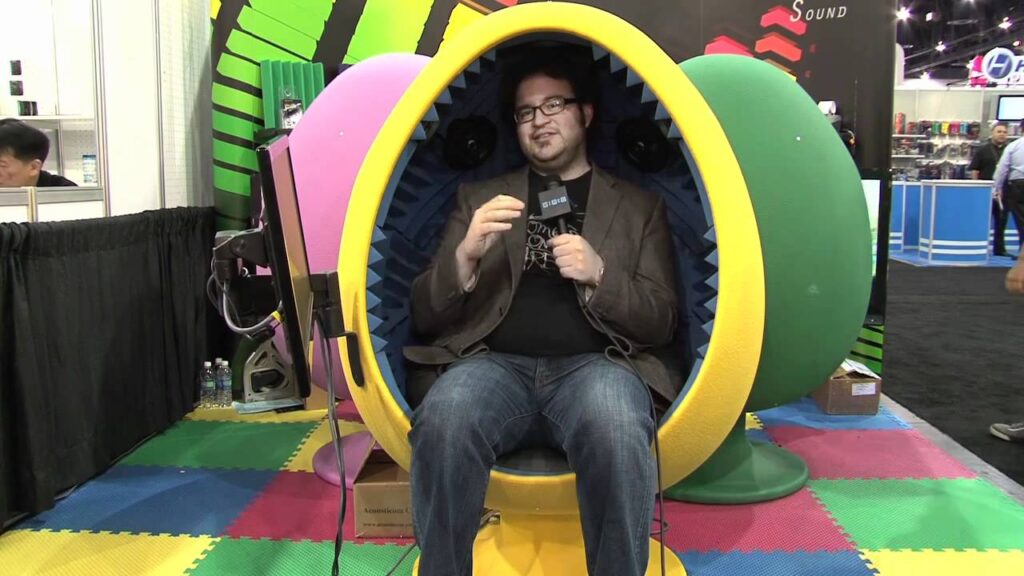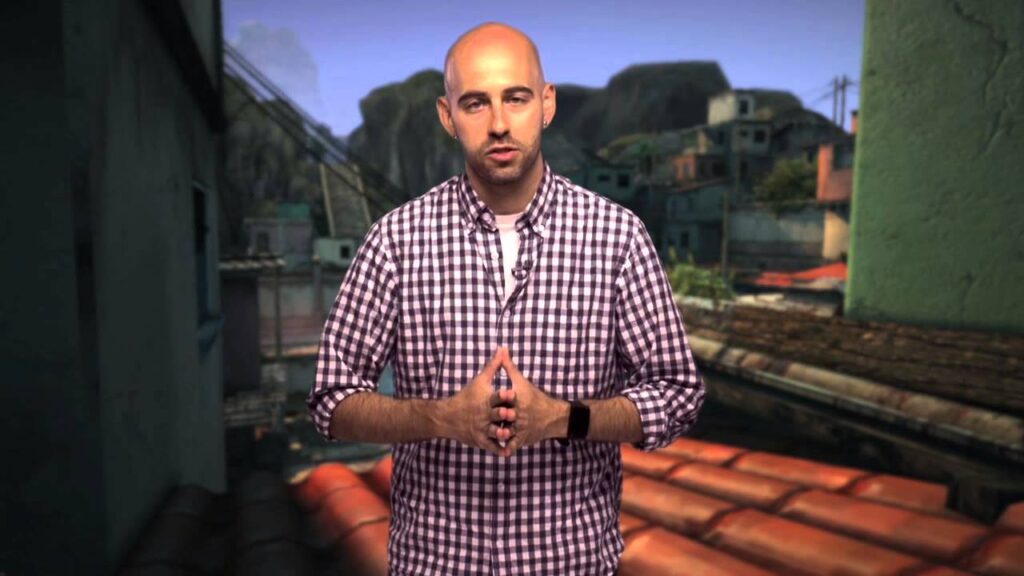The Reality of Crying and Breathing in Space
Summary
In this article, we explore the reality of crying and breathing in space. We discuss the dangers of depressurization and how it can cause a person to be sucked out into space. We also talk about the unique experience of crying in microgravity and how tears behave in space.
Table of Contents
- The Dangers of Depressurization
- Crying in Microgravity
- Conclusion
The Dangers of Depressurization
When in space, the lack of atmosphere means that you cannot breathe without a spacesuit or the proper equipment. If there is a hole in the spacecraft, the air will rush out quickly, and everything, including people, will be pulled towards the hole. This is why depressurization can be so dangerous, as it can cause a person to be sucked out into space. It is essential to find and isolate the hole quickly to prevent this from happening.
Crying in Microgravity
In space, crying is possible, and tears behave differently due to the lack of gravity. When you cry in space, tears form into little spheres and coat your eyes or build up in a small pool in the duct of your eye. They do not get pulled out of your eye like they do on Earth. If a person were to cry enough, and the tears had built up enough, they could squeeze their eye, and the tears would separate from their eye or body, becoming little balls of tears floating away.
Conclusion
In conclusion, science fiction has presented us with a unique opportunity to think about what our future could be like in space. It is fascinating to compare what we see in movies to the reality of space travel. While crying and breathing in space may seem like small things, they are essential to consider when exploring space. We must continue to learn about the realities of space travel to ensure the safety of those who venture into the unknown.







